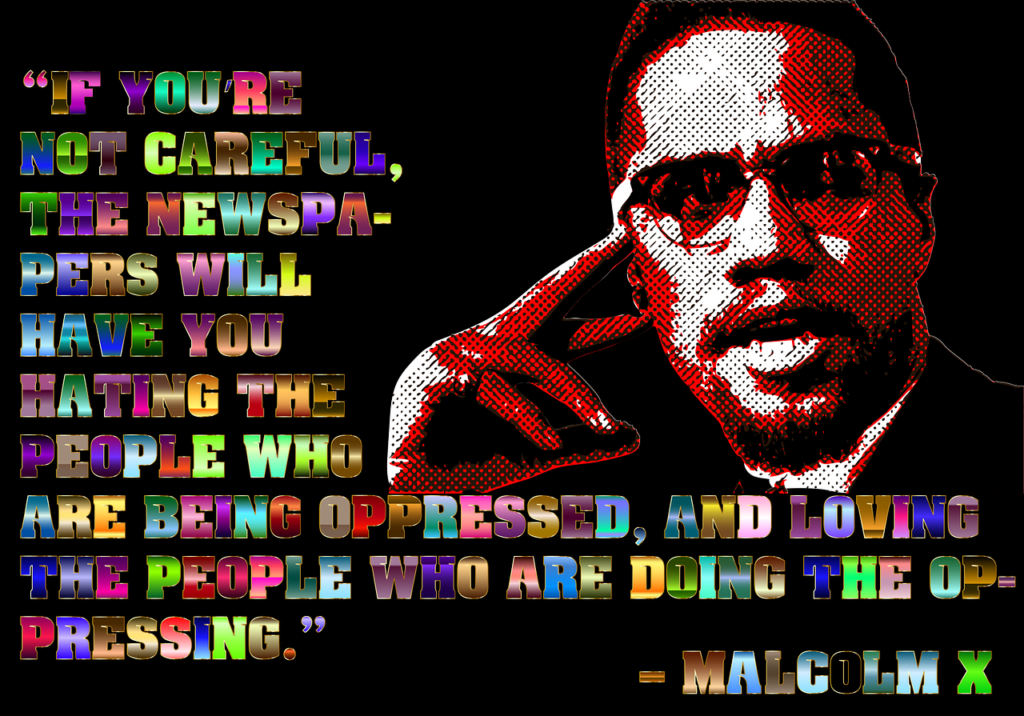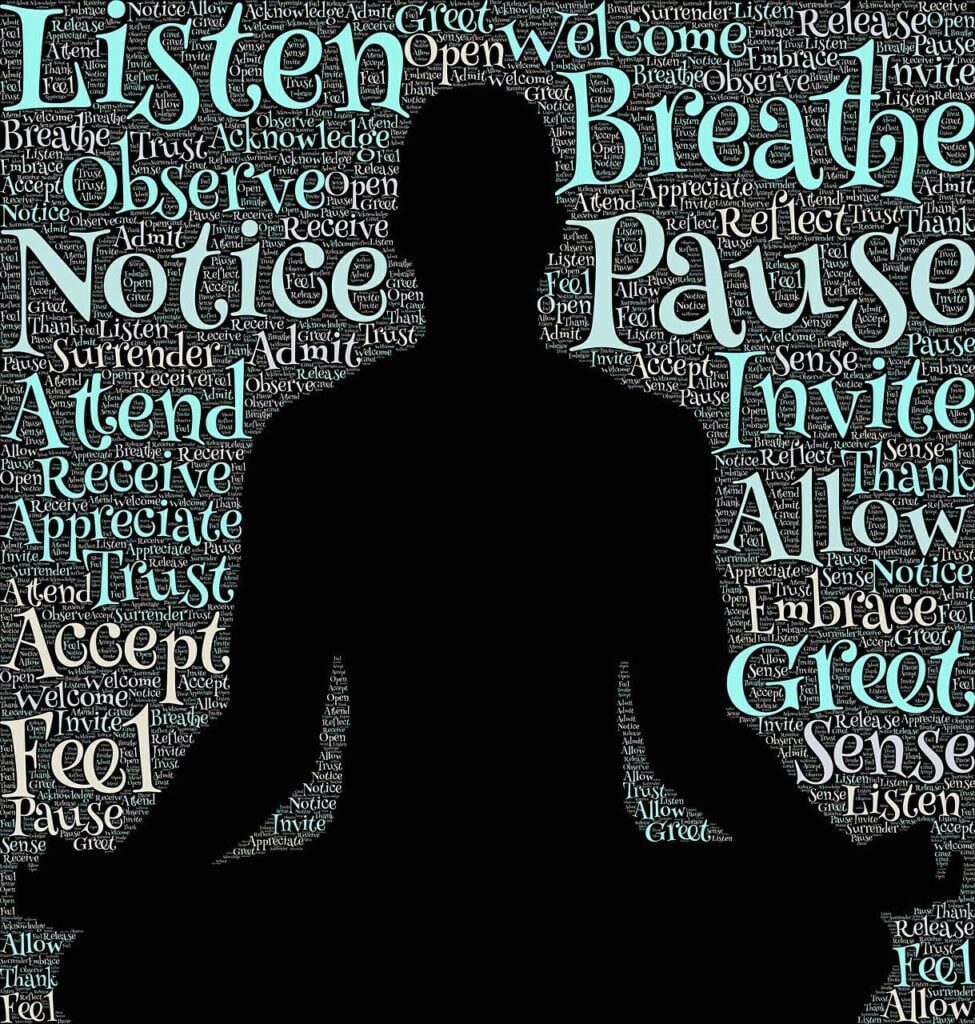Factual reality is the difference between truth and fiction. Factual reality gives us a clue as to whether we’re dealing with reality or not.
The reality is unmistakable.
https://www.imsts.com/perception-vs-reality
The truth is the truth.
Reality, on the other hand, is not always known, which is where perception of reality enters the picture.
Perception is a variable in the equation of life, but reality is a constant.
As we navigate through the vast and ever-changing landscape of information available to us, it’s important to be able to distinguish between what is true and what is false. We can’t overstate how important facts are. They help us make smart choices, understand the world around us, and have meaningful conversations with other people.
To complicate matters further, fiction authors employ facts to make their work credible. They conduct research in order to create authentic surroundings for us to enter. They transport us to historical periods and locations that can be accurately chronicled and described: Gettysburg, the Museum of Natural History in New York City, and a jazz club in Detroit. They employ detail to make us perceive, to suspend our disbelief, and to persuade us that it was “truly like that.” (The Line Between Fact and Fiction – Creative Nonfiction, n.d.)
To do this effectively, it is important to be able to recognise and evaluate reliable sources of information, such as books, articles, and research papers. It is also important to be able to look beyond the surface and question the facts we are presented with.
But in a time where fake news and misinformation are rampant, how do we separate truth from fiction?
HERE ARE SOME ADVICE FOR ACHIEVING FACTUAL REALITY:

- Seek out multiple sources: It’s easy to fall into the trap of only getting our information from one source, but it’s important to remember that even reputable sources can be biassed or incomplete. By seeking out multiple sources, we can get a more well-rounded understanding of a topic.
- Examine the credibility of sources: not all sources are equal. Be sure to check the credibility of sources—are they credible experts in their field? Do they have a track record of providing accurate information? Is the information they’re providing supported by other sources?
- Consider the motivation behind the information: Who is providing the information, and what might their motivations be? Are they trying to sell you something? Do they have a political or ideological agenda? Understanding the motivations behind the information can help us assess its credibility.
- Take the time to fact-check: It’s easy to pass along information without taking the time to verify its accuracy, but this can lead to the spread of misinformation. Make it a habit to fact-check before sharing information.
It’s important to remember that the pursuit of truth is a continuous process; we may never have a complete understanding of any given topic. But by being proactive in seeking out accurate information and questioning what we’re told, we can make more informed decisions and have more meaningful conversations with others.
As Albert Einstein once said,
“The world we have created is a product of our thinking; it cannot be changed without changing our thinking.”
The Link between the Matrix and REality
Nowadays! Everyone appears to be talking about the matrix.
Everyone has an opinion either based on a short video they saw on TikTok or a snippet they read someplace online.
Which, in my opinion, is a good thing.
What this is accomplishing is that it is sparking a sense of “reality based on facts.”
People are beginning to question the biases. People are beginning to look more critically at the media they consume and have a deeper understanding of the facts and underlying realities behind it. This shift in mindset is creating a more informed and engaged public
Read more The Red Pill vs The Blue Pill Debate
Most philosophers believe that a statement is valid if it simply matches to how the world is.
It’s known as the correspondence hypothesis of truth.
And if a proposition corresponds to reality, it is true whether we are aware of it or not.
How does this relate to The Matrix?
By separating truth from fiction, we can work towards creating a better world for ourselves and future generations. In this way, actively seeking the truth and striving to challenge our preconceived notions is an essential part of creating a more equitable society. We must recognise that the only way to move forward is to learn from our mistakes and look toward progress rather than dwelling on our failures. By embracing critical thought, questioning the status quo, and viewing our current world through a lens of social responsibility, we can foster a collective mindset that enables us to work towards building a better future




